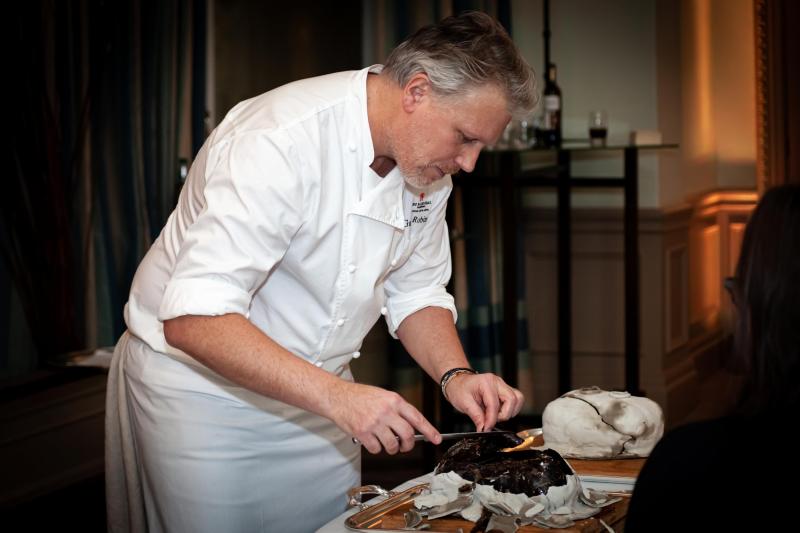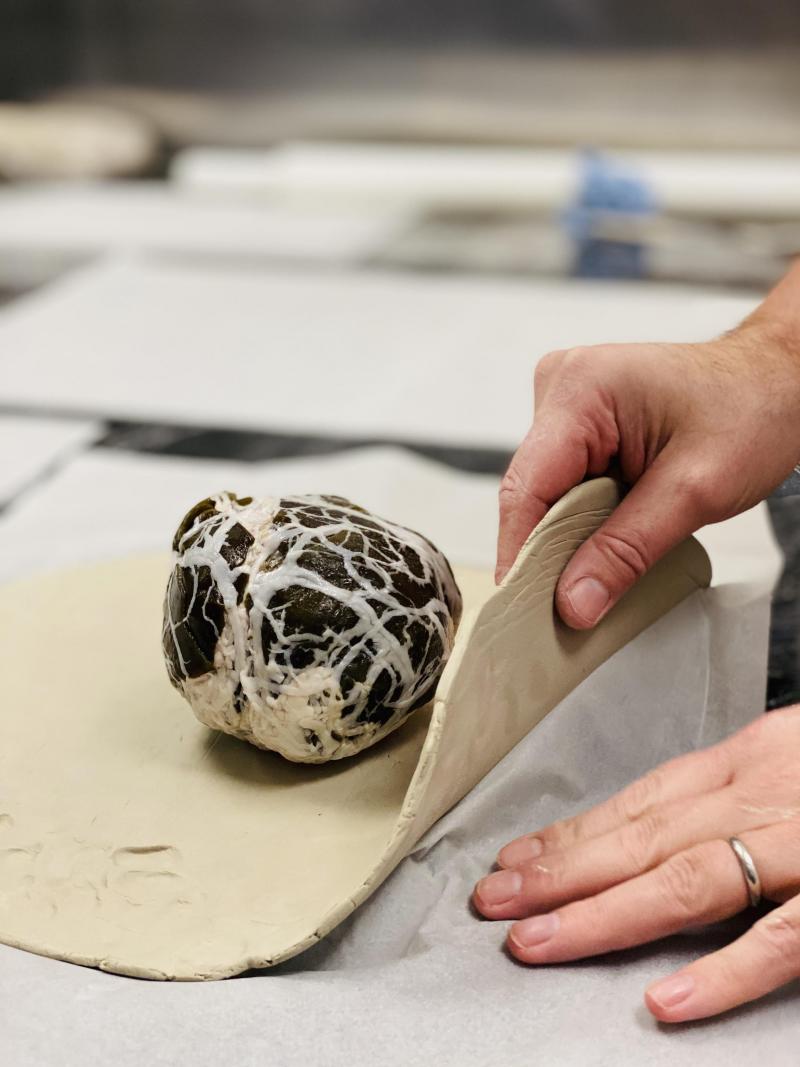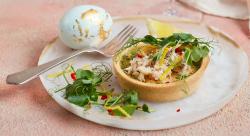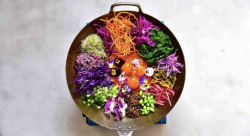Executive Chef Gary Robinson arrived at The Balmoral in June 2019 having travelled the world - gaining over 25 years of global culinary experience, most notably in the honourable position of Head Chef to HRH the Prince of Wales.
Gary describes his pleasure in returning to his Scottish roots as a leading chef.
'Coming home to Scotland opens the door to an abundance of produce thanks to our natural larder as well as artisanal suppliers and small producers that we can champion in the hotel. No other country has shellfish like we do, the game or hedgerow produce. Sustainability is at the core of everything I do and I look forward to working with my talented team and experts in Scotland to do the ingredients justice on the plate.'
'New Year, new slate. Now is the time to start pulling together menus for the season ahead, and start challenging the norm.
A great place for this to start is Burns night. There are some Scottish traditions that people are hesitant to change and improve, but Burns night offers a chance to have some creativity in the kitchen. Presenting a steaming haggis to an excitable crowd of devotees on or around the 25th January is one of those untouched traditions, taking a dirk to that same haggis and having its contents flow is a ritual that has been performed for over a hundred years. Now it isn’t for me to stray too far from tradition, but this month, we are going to bend the rules a little bit.
We’ve recently launched our Balmoral Gatherings, a new style of food presentation for private dinners and banquets. This was the perfect opportunity to get creative - we’ve taken the haggis and cooked it within its own clay oven. The haggis itself was wrapped in a shroud of sugar kelp from the Isle of Harris and Douglas fir needles collected in Perthshire before being moulded in clay and baked in the oven.
The fun part here is absolutely in the grand reveal at the table. For this, the replacement of the traditional knife for a hammer immediately changes the moment and heightens the experience for our diners.
I have to say, the end result is absolutely not just an improvement on style but also substance. The flavours are spot on, unsurprisingly, to the point where the umami from the kelp and the fragrance from the fir were an instant improvement on the traditional casing of a sheep’s stomach.'
The recipe
Claypot Haggis - serves 8
200g dry oatmeal
Heart, lungs and liver from one lamb
250g beef suet
450g lamb trimmings
2 large onions, chopped
1 tsp each of cayenne pepper, Jamaica pepper and salt
½ a nutmeg, grated
½ tsp ground coriander
Enough sheets of sugar kelp to wrap up the haggis
A handful of Douglas fir needles
1kg white earthenware clay
Bring the offal and lamb meat to a simmer, starting with cold fresh water. Skim any of the scum that gather on the surface of the stock, and continue cooking for two hours.
Strain and save the stock, mince all the meat from the pan. Add the onions, suet and seasoning to this mix and add back in enough stock to form a yielding yet slightly crumbly consistency.
Lay out the sugar kelp and place the haggis on the sheets. Wrap this into a parcel, scattering with the fir needles. Wrap this again in parchment paper before enveloping in the clay that has been rolled out. Make sure there’s a good seal on the clay before putting into a 200°C oven for 3 hours.
At the table, crack open with a hammer to reveal the steaming contents. Make sure you peel back the paper and the kelp before scooping out the haggis, serving with neeps and tatties (wouldn’t want to change absolutely everything in one fell swoop now).
https://www.roccofortehotels.com/hotels-and-resorts/the-balmoral-hotel










